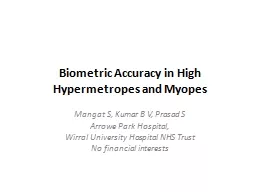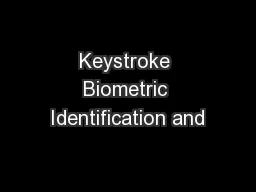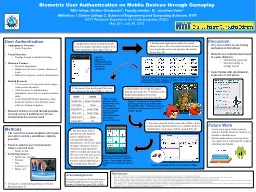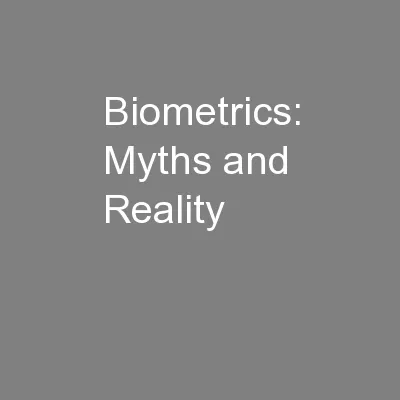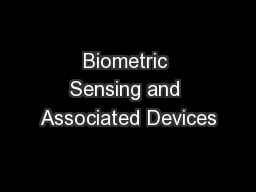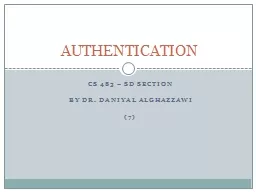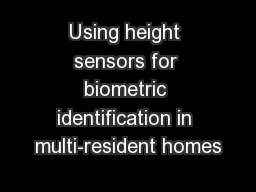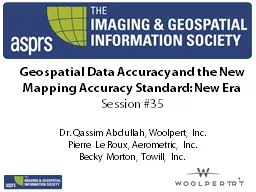PPT-Biometric Accuracy in High
Author : tawny-fly | Published Date : 2016-02-20
Hypermetropes and Myopes Mangat S Kumar B V Prasad S Arrowe Park Hospital Wirral University Hospital NHS Trust No financial interests Introduction Cataract surgery
Presentation Embed Code
Download Presentation
Download Presentation The PPT/PDF document "Biometric Accuracy in High" is the property of its rightful owner. Permission is granted to download and print the materials on this website for personal, non-commercial use only, and to display it on your personal computer provided you do not modify the materials and that you retain all copyright notices contained in the materials. By downloading content from our website, you accept the terms of this agreement.
Biometric Accuracy in High: Transcript
Download Rules Of Document
"Biometric Accuracy in High"The content belongs to its owner. You may download and print it for personal use, without modification, and keep all copyright notices. By downloading, you agree to these terms.
Related Documents

